David Koepp Interview: Unpacking “Jurassic World: Rebirth” & Beyond
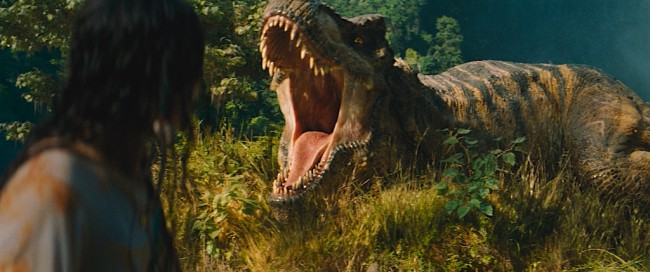
When David Koepp (pronounced Kepp) first walked into that screening room at Amblin Entertainment to watch a 10-second test loop of a skeletal velociraptor, he had no idea he was witnessing cinema history in the making. The gasps from the small audience that day would soon be echoed by millions worldwide when Jurassic Park roared into theaters and became the highest-grossing film of all time. It spawned the Jurassic Park franchise (a trilogy) and the Jurassic World series (a quadrilogy so far). He wrote the original Jurassic Park in 1993 and The Lost World: Jurassic Park in 1997.
Now, over three decades later, Koepp returns to the franchise with Jurassic World: Rebirth, bringing fresh perspective to a series that has defined much of his career. In a wide-ranging conversation, the veteran screenwriter reflects on the evolution of blockbuster filmmaking, the delicate balance between spectacle and story, and why the daily act of putting words on a page remains his greatest passion.
“I used to like to act in school plays, and when I got to college, there was a media class where part of the assignment was to write a commercial for something,” Koepp recalls. The transition from aspiring actor to screenwriter came naturally.
“I always loved movies. I wanted to act in movies first, and then I found that writing movies, I actually had more freedom. I didn’t need to wait for somebody’s permission to be cast in a part or given a script. I could just go home and start typing.” It was a playwriting professor at the University of Wisconsin-Madison who delivered the career-changing advice.
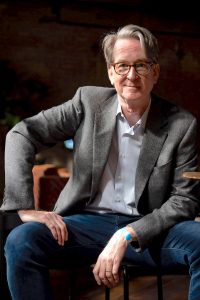
David Koepp interview about Jurassic World: Rebirth
“About halfway through college, I had a playwriting professor who said, ‘Is this what you want to do?’ I said, ‘No, I want to write movies,’ and he said, ‘Well, then I suggest you go west or east because we don’t make a lot of movies here.'” Koepp headed west to UCLA film school, setting the stage for a film scriptwriting career that would span multiple decades and define modern blockbuster entertainment.
Koepp’s Career – The Two-Lane Highway
When asked to assess his body of work, Koepp sees a deliberate pattern. “I feel like it kind of broke down into two lanes, and I continually try to break out of or just go over the double yellow lines of those lanes, sometimes with success and sometimes not.”
The first lane consists of what he calls “domestic stories with something strange or scary happens to somebody often in their house.” These intimate thrillers, exemplified by films like Stir of Echoes and this year’s Black Bag, allow for creative freedom and smaller budgets. “A movie like Presence, a ghost story I wrote earlier this year – very small budget, four or five people – you have a lot of freedom, you can just go do that, especially because the director (Steven Soderbergh again) paid for it himself.”
The second lane encompasses the massive adventure films that require substantial collaboration and resources. “Something like a Jurassic movie, obviously, you need a couple hundred million dollars and a ton of really talented collaborators.” This dichotomy reflects both Koepp’s versatility and the realities of modern filmmaking.
The relationship with Steven Spielberg proved pivotal in Koepp’s career trajectory. Their collaboration began with Death Becomes Her, which, despite mixed critical reception, caught Spielberg’s attention. “It had a mixed reception and hadn’t made as much money as everybody hoped, but it developed quickly a loyal cult following.”
Developing The Original Jurassic Park
When Jurassic Park came available, Koepp’s relative inexperience with big-budget filmmaking became an asset rather than a liability. “My experience with great big movies was very limited, but I was young enough to not know that I didn’t know how to do that, and so I just got in there and took a shot at it.”
The technological uncertainty surrounding the film made the experience even more thrilling. “Part of the plan when I came on was still stop motion. The evolution of the CGI was happening as we spoke, and you really didn’t know if that stuff was going to look any good or not.”
That pivotal screening at Amblin changed everything. “I remember there was a 10-second image of the skeletal form of a velociraptor running in place, and it didn’t have any muscles or skin on it, it was just the skeleton. The lights go down, that thing comes up, and there’s like a gasp, because it looked so good, and you had no idea that that was possible. That was when it started to feel like, hey, this could really be something.”
For this year’s Jurassic World: Rebirth, Koepp made a conscious decision to return to the source material. “One of the first things I did is I went and watched all six of the movies again, to refresh my memory, and then I read both the novels again, and took notes, just as I had the first time around.”
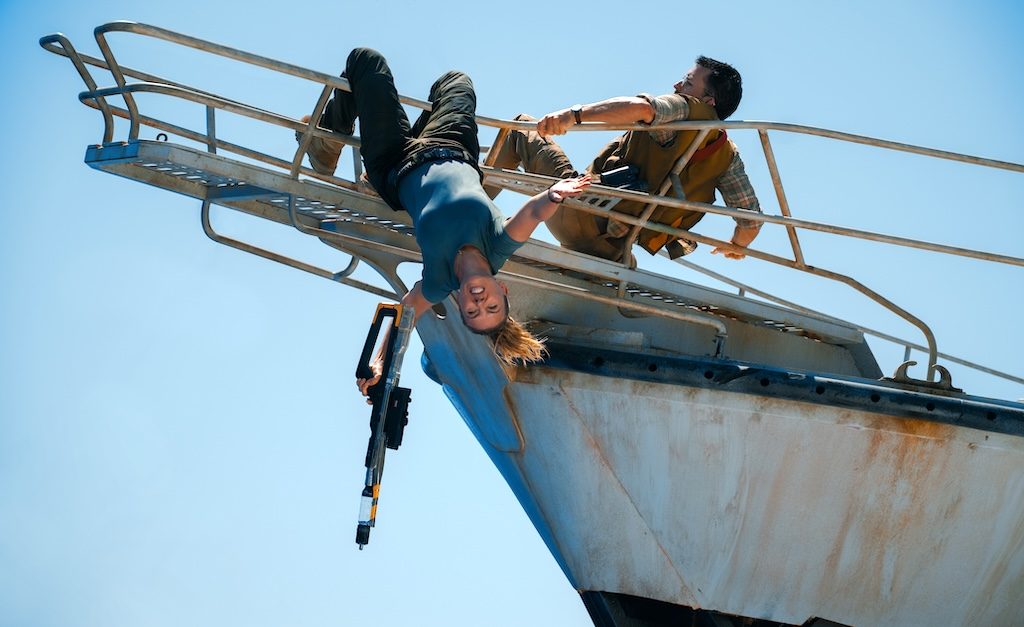
Zora Bennet (Scarlett Johansson) and Dr. Henry Loomis (Jonathan Bailey) Photo courtesy of Universal Studios
The novels provided a wealth of untapped material. “There’s 800 pages of really great Michael Crichton (who wrote the novel) stuff in there, superbly researched, great ideas, set pieces, great science. I was trying to recapture that mood and feeling because the books are darker than the movie was.”
One sequence that had haunted Koepp for decades finally found its place. The T-Rex water scene, a standout moment from Crichton’s original novel, had been considered for the first film but proved technically and financially prohibitive in 1992. “Water was still really challenging for CG, and a T-Rex was going to be a gigantic challenge already, but getting a T-Rex to swim was a bridge too far. One of the first things we said when we started this was, we’ve got to try to get that scene in, because it’s a great scene.”
Spider-Man and Mission: Impossible
Adapting Spider-Man presented different challenges than working with Crichton’s novels. “The difference between adapting a novel and a long-running comic book series, 40 years at the time we did Spider-Man, is just in the volume of material.”
Koepp found inspiration in Gerry Conway’s graphic novel The Amazing Spider-Man: Parallel Lives, which explored the relationship between Peter Parker and Mary Jane Watson. “It was about how Peter Parker grew up next door to MJ and what their lives were like, how they were different, how they intersected. I found that very inspiring.”
The key insight came from recognizing the dramatic potential in Peter’s relationships. “I just knew I wanted to do the Harry Osborn story quickly after reading it, because there’s a love triangle, and his best friend is the son of his arch villain. That’s pretty good. There’s family drama right there.”
Working on Mission: Impossible required solving a fundamental structural problem. “We have an ensemble show and the biggest movie star in the world. So what do you do with that?” The solution, proposed by director Brian De Palma, was characteristically bold. “Brian’s solution was kill them, which I love. Kill them all.”
This approach allowed the film to honor both the source material and the star power of Tom Cruise. “How do you tell an ensemble story where one of the members of the ensemble is the biggest movie star in the world? The movie demands that it tilt toward him. So we decided to kill them and let him be on his own. Let him slowly bring in a new team.”
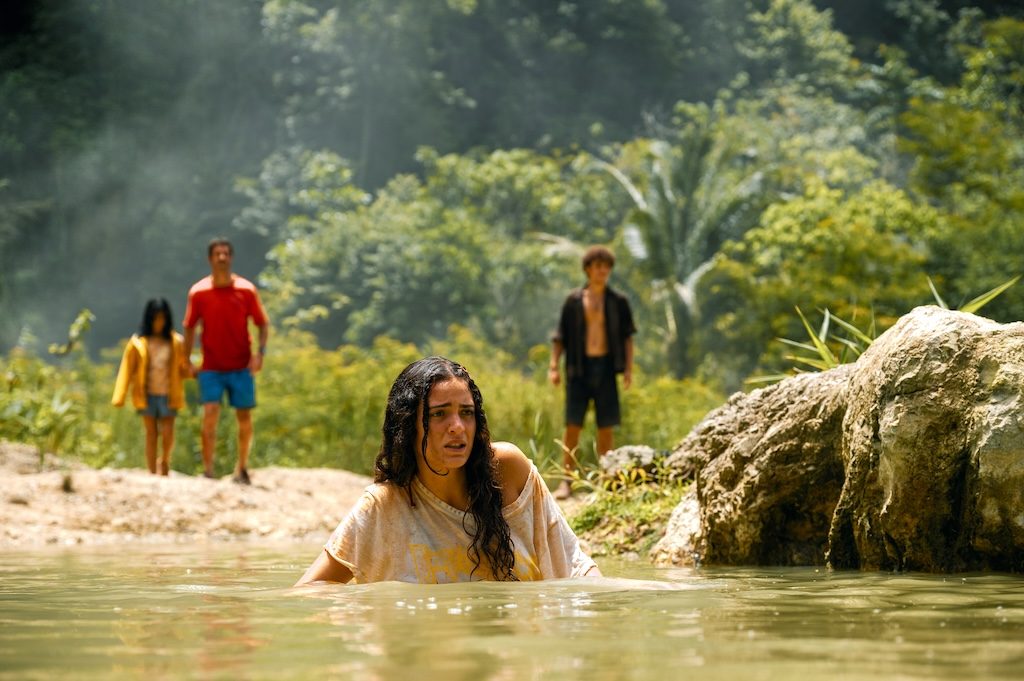
Isabella Delgado (Audrina Miranda) Reuben Delgado (Manuel Garcia-Rulfo), Teresa Delgado (Luna Blaise) and Xavier Dobbs (David Iacono). Photo courtesy of Universal Studios
The Audience Equation
Balancing creative vision with audience expectations requires careful navigation, especially in today’s interconnected media landscape. “You can’t drive yourself crazy with that. You can end up being too afraid to do anything, or you can end up trying to do things that you think is what they want, and that’s a dangerous path to go down.”
Koepp’s approach remains grounded in personal taste. “The first audience you have to have in mind is yourself. If I go to the movie, in my case, 68th and Broadway, with my bucket of popcorn, what do I want to see? And what do I not want to see?”
This philosophy extends to his smaller films as well. When asked about the future of intimate thrillers like Black Bag, his response is direct: “Please go see them when they’re in the theater. That’s the only way to make it happen.”
Despite the glamour and complexity of big-budget filmmaking, Koepp finds his greatest satisfaction in the fundamental act of writing. “If you can fall in love with the daily process of putting words on the screen and enjoy that and tune out all the other noise, then you really will win and your stuff will be better.”
His advice to aspiring screenwriters emphasizes this empowerment through craft. “Keep in mind that we don’t need permission. We’re the only ones who don’t need anybody to say, okay, go ahead. We can just write a script. We don’t have to be given a part. We don’t have to be hired as a director, just go home and write.”
This interview has been condensed. Listen to the full audio version here.
Join the Discussion!
Related Articles
Browse our Videos for Sale
[woocommerce_products_carousel_all_in_one template="compact.css" all_items="88" show_only="id" products="" ordering="random" categories="115" tags="" show_title="false" show_description="false" allow_shortcodes="false" show_price="false" show_category="false" show_tags="false" show_add_to_cart_button="false" show_more_button="false" show_more_items_button="false" show_featured_image="true" image_source="thumbnail" image_height="100" image_width="100" items_to_show_mobiles="3" items_to_show_tablets="6" items_to_show="6" slide_by="1" margin="0" loop="true" stop_on_hover="true" auto_play="true" auto_play_timeout="1200" auto_play_speed="1600" nav="false" nav_speed="800" dots="false" dots_speed="800" lazy_load="false" mouse_drag="true" mouse_wheel="true" touch_drag="true" easing="linear" auto_height="true"]





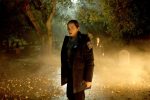


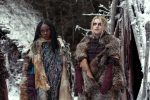

You must be logged in to post a comment Login